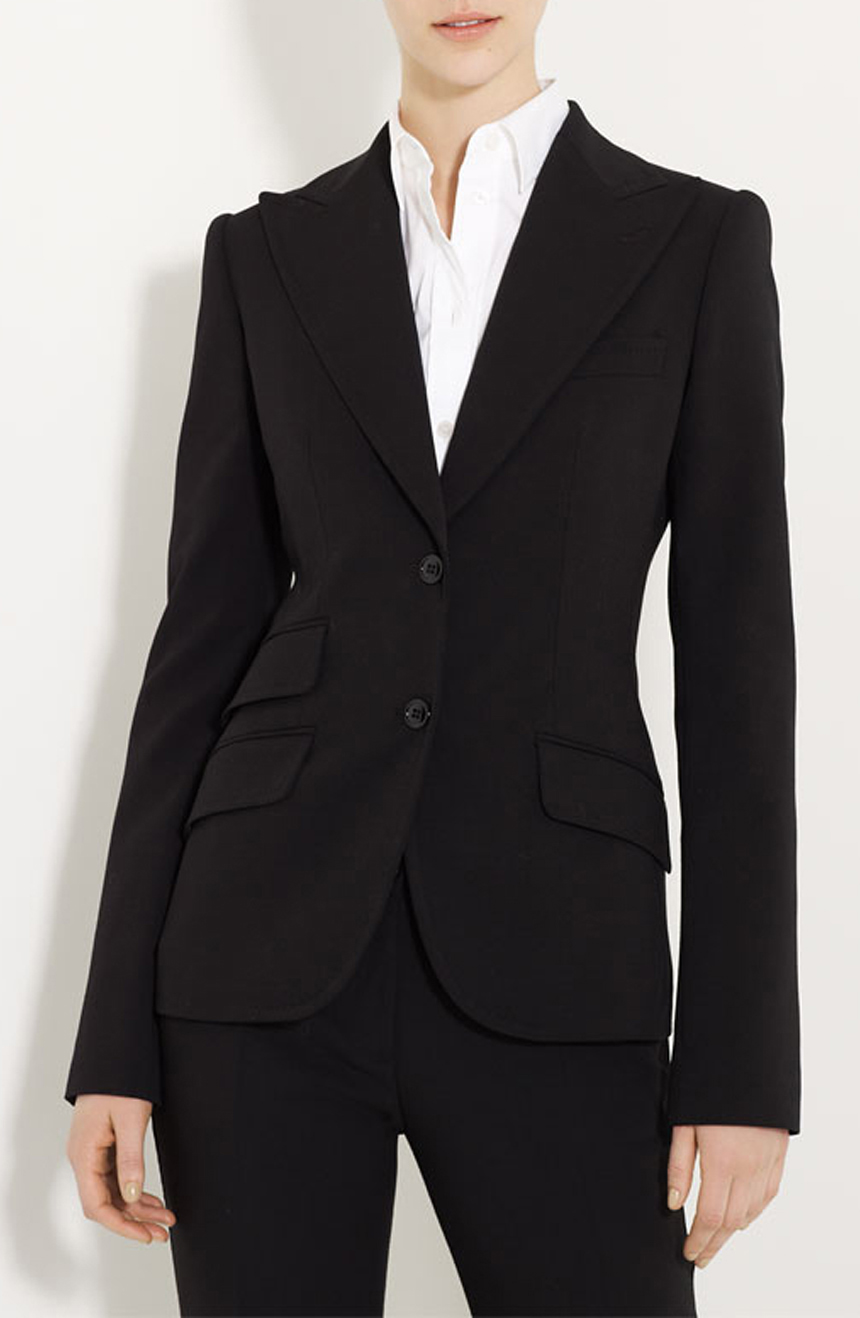Recognizing the Tailoring Refine: From Textile Selection to Final Fitting for the Suitable Wardrobe
The tailoring procedure is an intricate interplay of art and science, starting with the critical choice of material selection and finishing in the exact modifications of final installations. Each material type brings unique top qualities that affect not only the visual charm but additionally the garment's durability and suitability for numerous events.
Significance of Textile Choice
Choosing the appropriate material is essential in the customizing process, as it directly affects the comfort, longevity, and overall visual of the final garment. The selection of fabric establishes the structure for the garment's performance, capability, and style. Different fabrics possess distinct buildings, such as breathability, stretch, and weight, which can significantly affect exactly how the garment drapes and fits the body.

A tailored item made from an ideal material not only showcases craftsmanship yet additionally raises the wearer's self-confidence. Subsequently, comprehending the nuances of textile option is vital for any customizing venture. It makes certain that the end product not just meets the visual wishes of the customer however also straightens with practical needs, consequently achieving an unified balance in between form and feature in the tailored closet.
Sorts Of Fabrics and Their Usages
Understanding the numerous kinds of fabrics readily available is important for making educated decisions throughout the tailoring procedure. Each fabric has unique attributes that dictate its viability for specific garments and events.
Cotton, known for its breathability and gentleness, is ideal for sportswear and summer season clothes. Its convenience allows it to be customized right into everything from tee shirts to outfits. Wool, on the various other hand, is preferred for its warmth and structure, making it an exceptional choice for formal fits and outerwear. Its all-natural flexibility helps garments preserve form over time.
Silk emanates deluxe and is lightweight, making it ideal for eveningwear and delicate shirts; nonetheless, it calls for mindful handling due to its delicacy. Linen, with its textured finish, is a popular option for warm climates, supplying a crisp and ventilated feeling, yet it wrinkles conveniently, which might influence the garment's look.
Artificial textiles, such as polyester and nylon, deal resilience and resistance to wrinkles, making them suitable for everyday wear and active clothes. Understanding these fabric types and their homes enables much better decision-making, guaranteeing that each tailored piece not only fits well yet additionally straightens with the designated function and event.
The Tailoring Methods Discussed
The art of tailoring relies on a selection of strategies that change material into well-fitted garments. Central to this procedure is pattern composing, where a dressmaker produces design templates based on the customer's dimensions and preferred style. This first action guarantees that the garment will fit the user appropriately before any reducing happens.
Once patterns are developed, reducing techniques enter over here into play. Accuracy is critical as inaccuracies can bring about misfitting garments. Tailors commonly use various reducing methods, such as single-layer reducing for complex designs and multiple-layer reducing for effectiveness on standard patterns.
Basting is an additional vital technique, permitting tailors to momentarily stitch textile assemble for a preliminary installation (tailored suits perth). This technique offers the chance to assess the drape and general silhouette before last stitching
Seaming strategies, including flat-felled seams and French joints, enhance the garment's longevity and aesthetic charm. Tailors also utilize strategies such as interfacing and padding to supply framework and shape click reference to certain locations, like collars and shoulders.
Finally, ending up techniques, including hemming and side ending up, guarantee the garment's durability while giving a polished appearance. With each other, these techniques form the foundation of reliable customizing, resulting in charming, tailor-made apparel.

Suitable Modifications and Considerations
After the initial customizing methods have been used and the garment is built, fitting changes end up being critical to accomplishing the perfect fit. These changes attend to different aspects of the garment, guaranteeing it contours to the wearer's body form and improves overall look.

The rise of trousers is another crucial element; it ought to sit conveniently above the hips without causing discomfort, permitting ease of movement. Hemming lengths for both trousers and skirts need to mirror the user's recommended design while appreciating proportions.
Furthermore, interest ought to be offered to the back of the garment, ensuring that there are no unsightly pulls or excess textile - tailor suits perth. Each adjustment needs to be diligently thought about, as even minor changes can dramatically affect the overall fit and visual of the customized piece, ultimately bring about a closet that radiates confidence and refinement
Preserving Your Tailored Wardrobe
Always follow the treatment label directions, which may recommend dry additional info cleansing for delicate materials or machine cleaning for more durable materials. Stay clear of regular laundering, as this can use down the textile and alter the garment's shape.
Storage space is similarly vital; use cushioned hangers for coats and layers to preserve shoulder framework, and store pants folded up neatly or hung to stop creasing. Safeguard garments from straight sunshine, which can fade colors and damages fibers.
Additionally, periodic evaluations for minor repair work can stop bigger problems. Inspect for loosened switches, fraying seams, or indications of moth damage, dealing with these issues quickly to preserve the garment's stability.
Finally, consider seasonal rotation. Wearing tailored items in small amounts enables materials to recuperate, extending their lifespan. By implementing these upkeep approaches, you can make certain that your customized garments stay as beautiful as the day you first used them, boosting your suitable closet for many years to come.
Verdict
The customizing procedure, including textile selection, knowledgeable methods, and specific fitting modifications, plays a crucial function in developing garments that enhance both convenience and design. Understanding the value of upkeep extends the life of customized garments, strengthening their value in a well-curated wardrobe.